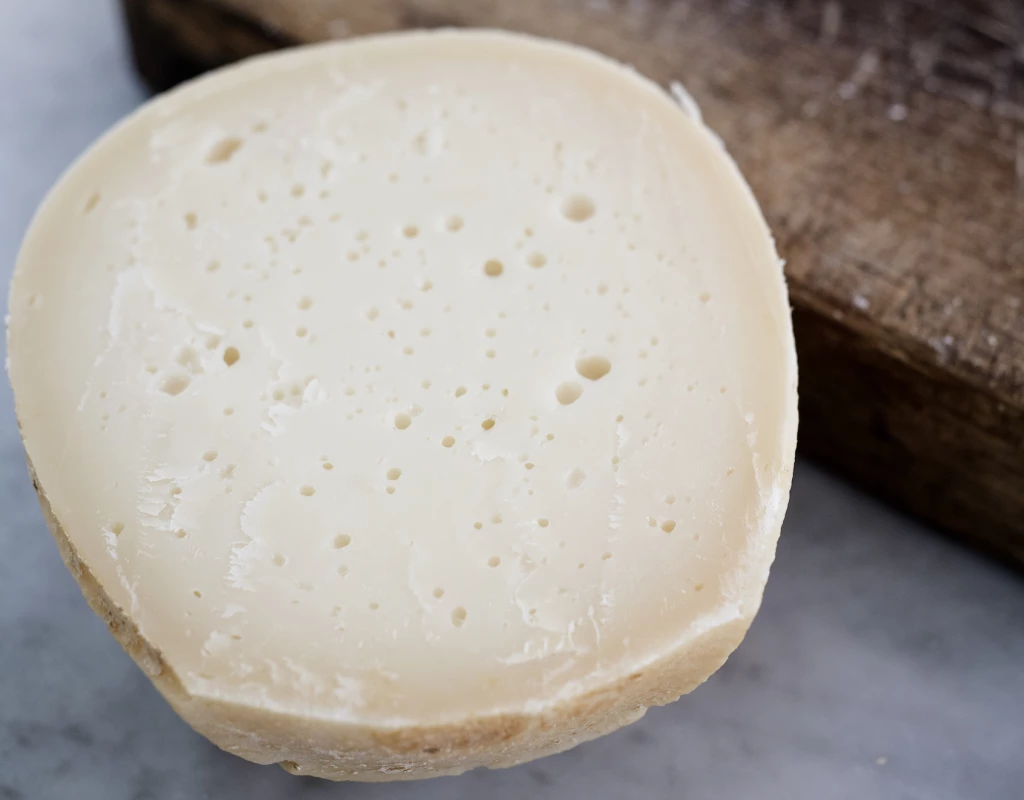Shepherds wake up early. So early that it is even difficult to say it is "morning". At 2 am they are already on their way: they walk down the slopes of the Lattari Mountains and set off towards Naples.
The cella/museum of the Fernando De Gennaro dairy | Ph. Anna Monaco - Trentaremi
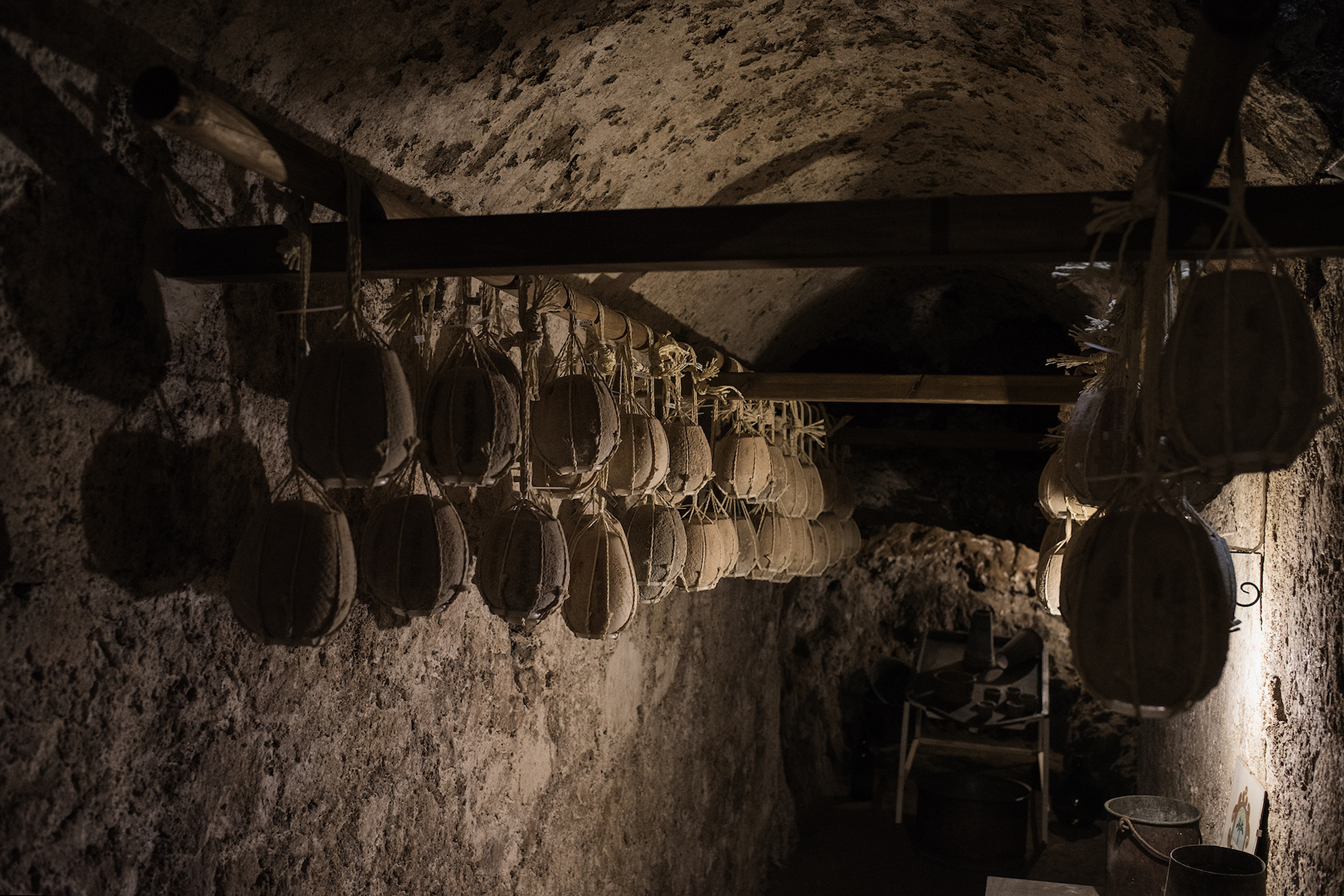
They reach the city early in the morning, with their load of cheeses ready to be sold to local markets. The street urchins of the port, perpetually in the street even at that time of day, can see them from afar, with their cloaks wrapped around their shoulders and head to protect themselves from the night humidity. «'O Monaco, sta arrivann' 'o Monaco», is the cry with which they welcome them.
If you were alive about three centuries ago, between the Sorrento Peninsula and Naples, you could have witnessed this scene. The very scene that explains why the most famous - and tasty - cheese of the Lattari Mountains is called Provolone del Monaco (The Monk’s provolone). Be it history or legend, this dairy product is truly by far the most distinctive product of this strip of land that, from Vico Equense and Agerola, looks towards the sea.
You just need to take a tour of the historic company Fernando De Gennaro, one of the very few that today can boast that it has been in business from the end of the eighteenth century - complete with a controlled -temperature underground Provolone museum - to understand how much history there is behind this semi-hard cheese.
The curling | Ph. Anna Monaco - Trentaremi
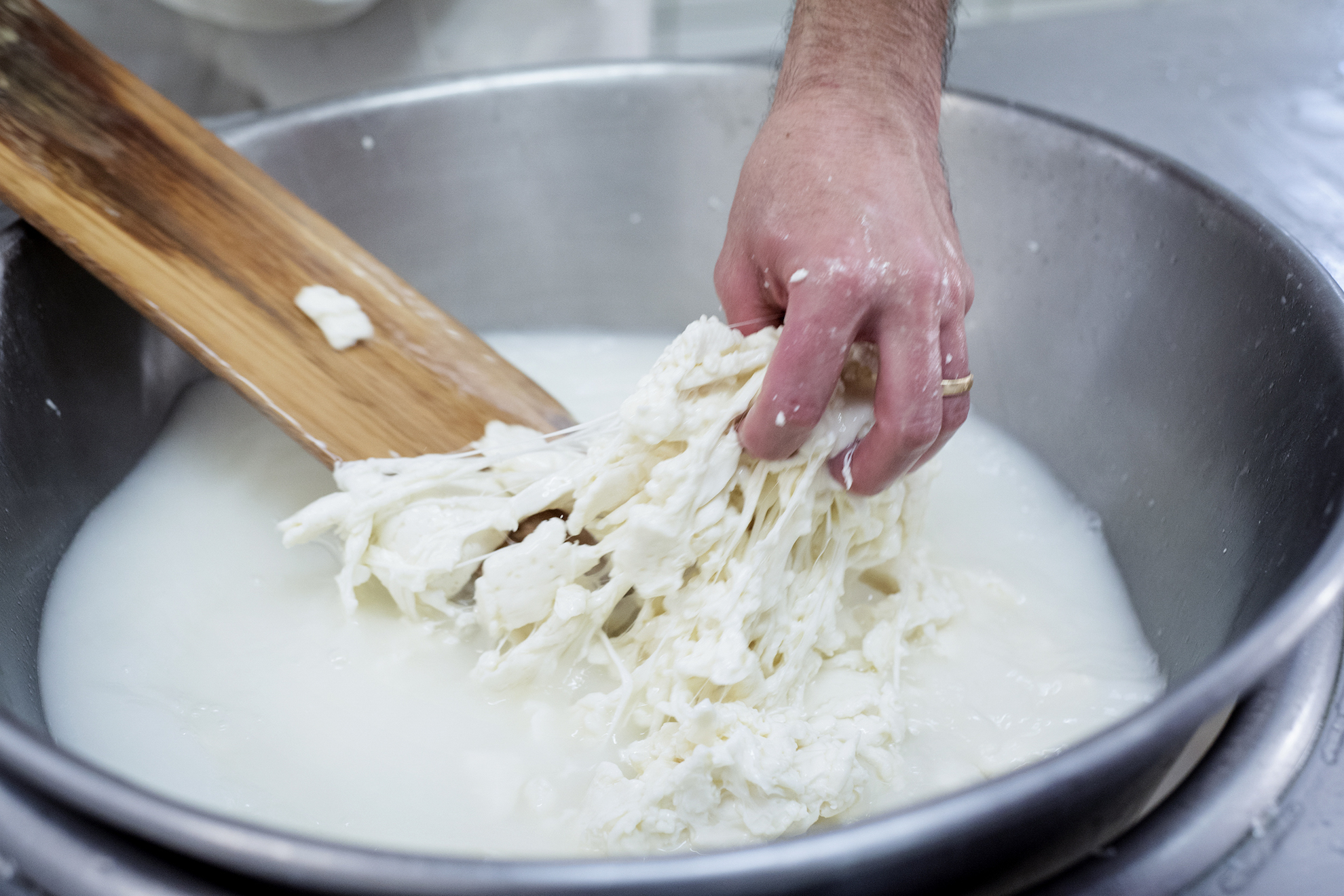
We met with Tommaso De Gennaro, a descendant of the historic family that owns the business. His work starts early in the morning. Not as early as his ancestors, perhaps; but early enough to feel the water that is already warm just after dawn.
«To get a good Provolone del Monaco, raw milk is mixed with kid's rennet, then the mixture is worked in water at a temperature of 80 degrees», explained Tommaso, while his fingers are already red from contact with the heat. It seems impossible to see such nonchalance in a person who dips his hands into water that is close to boiling point every day.
The wringing | Ph. Anna Monaco - Trentaremi
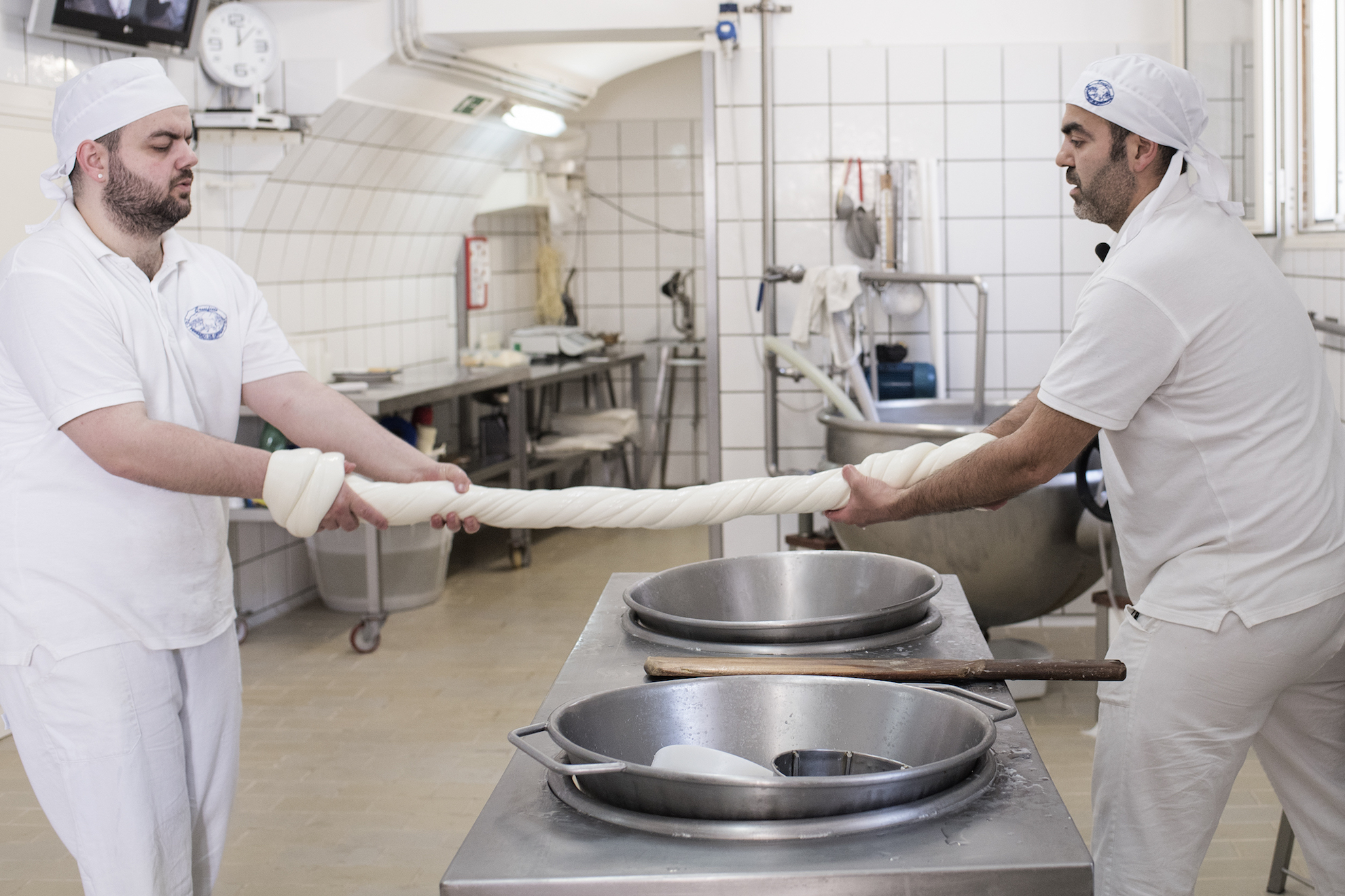
«After the curdling, we go on with the spinning and wringing: the cheese is literally stretched by two people standing at its ends. Then it is wrung out, just like what was done in ancient times with laundry. The goal is to get as much water out of the curd as possible, otherwise we will get a “flaccid” product with no sinew».
The compound is rewound almost forming a ball | Ph. Anna Monaco - Trentaremi
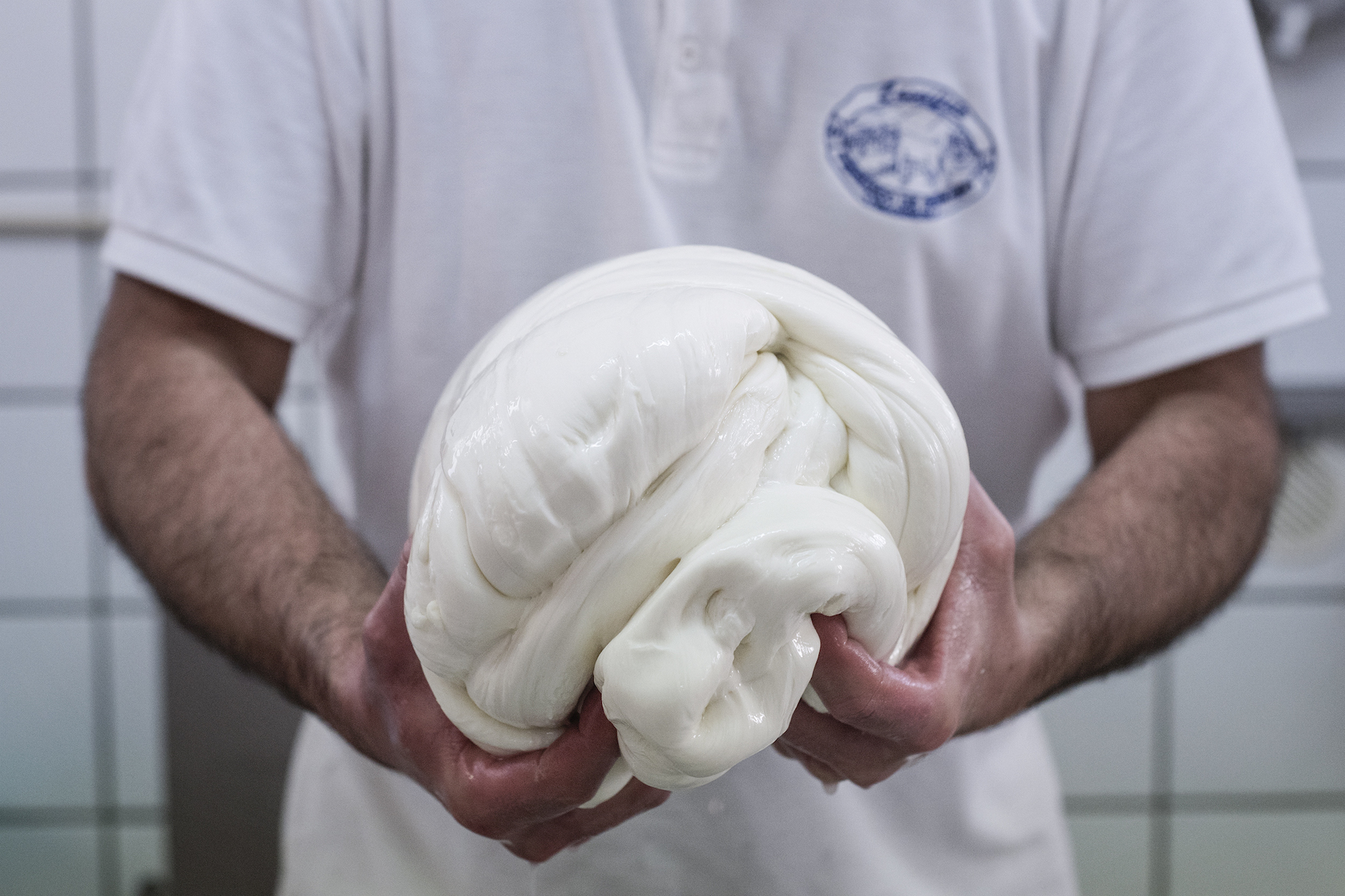
The “stringy” compound is then rewound, almost forming a ball. It is at this point that everything is worked to be put into the “moulds” that will give the classic slightly elongated melon shape. The production specification of the PDO, to which Provolone del Monaco belongs, provides that it must be seasoned for at least six months.
«In general, however, we prefer not to let it mature too much – said Tommaso – otherwise it would become too spicy». The ideal taste is that perfect balance between flavour and sweetness that this small dairy miracle of the Lattari Mountains has been able to achieve over time.
The future Provolone del Monaco can be seen | Ph. Anna Monaco - Trentaremi
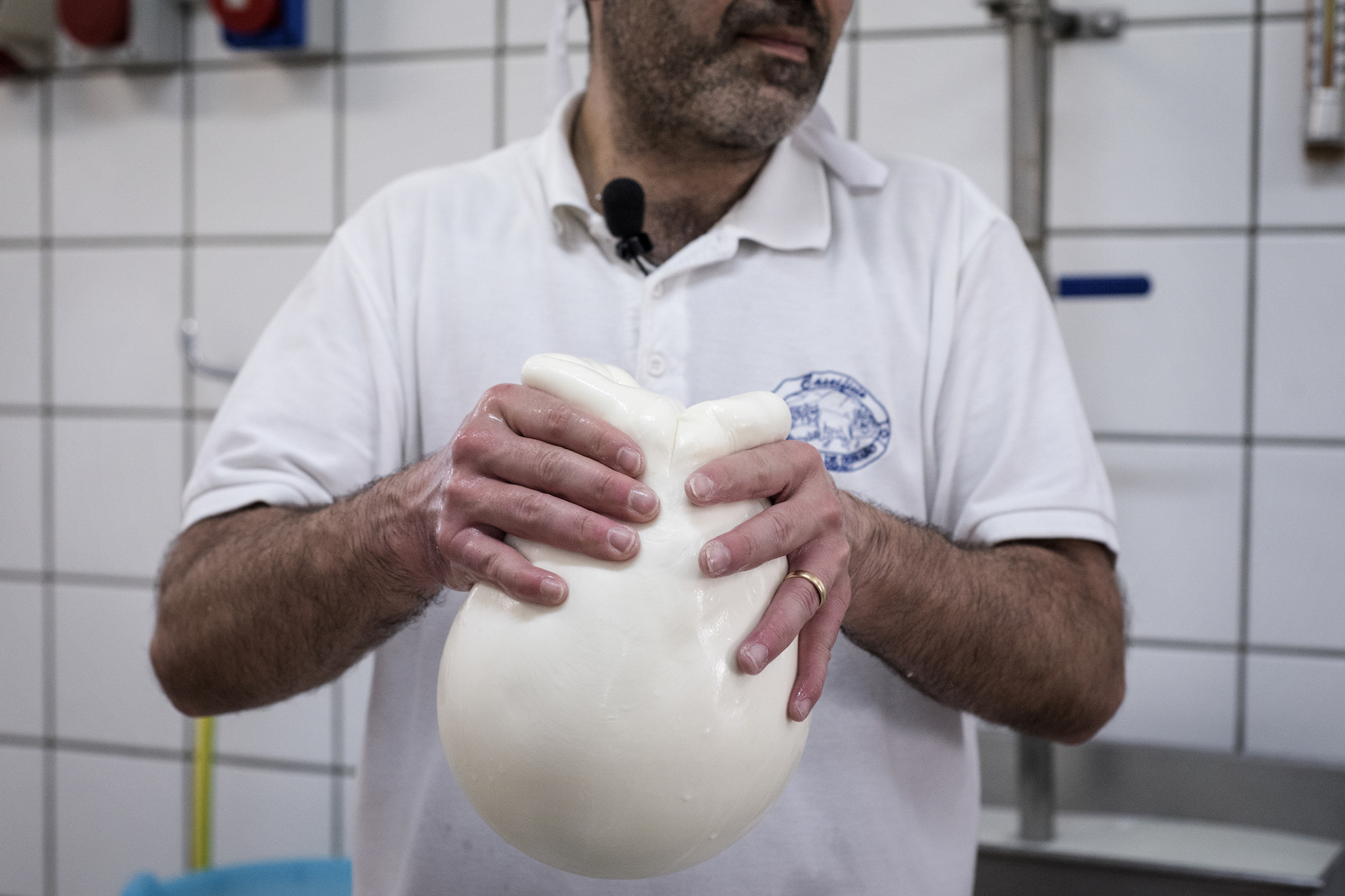
A path, that of this particular variety of Provolone, which begins well before it is made: «To say that it is true Provolone del Monaco PDO the specifications even say what type of food the Agerolese Cow should eat, from whose milk this cheese derives. A diet consisting mostly of aromatic herbs that grow here in the Lattari Mountains. This is a difficult process and not for everyone: it is no coincidence that only very few companies can boast the PDO brand, about a dozen in all».
Provolone del Monaco in all its glory | Ph. Anna Monaco - Trentaremi
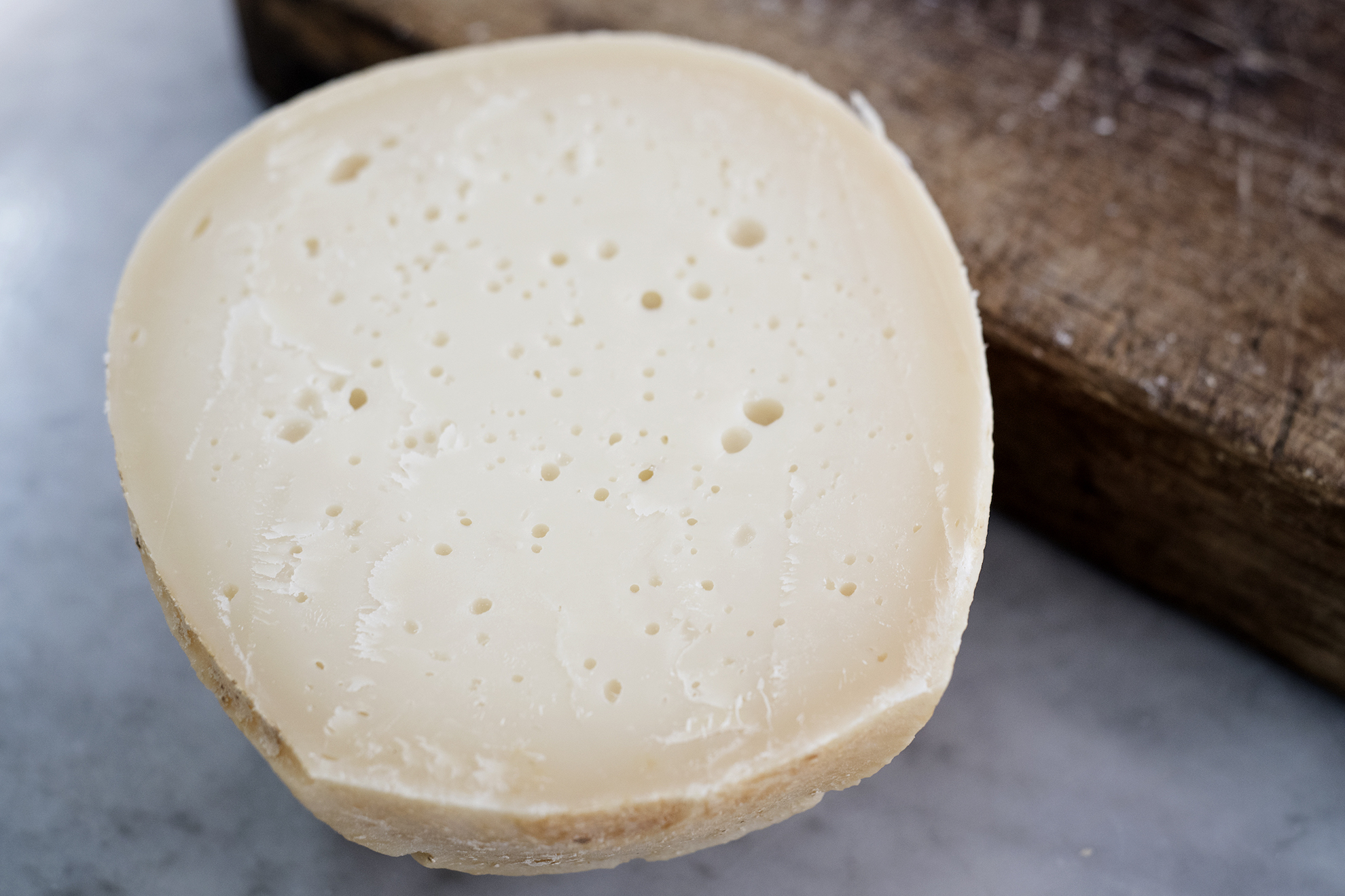
The last step is all about recipes. Yes: because Provolone del Monaco is delicious as it is, eaten simply in small pieces, but also as an ingredient in some traditional Campania recipes. Two above all: pasta and potatoes, to which Provolone gives flavour and the typical stringy characteristic; and spaghetti alla Nerano, a delight born in the homonymous hamlet of Massa Lubrense, where the cheese is added in, making a cream together with the courgettes.
